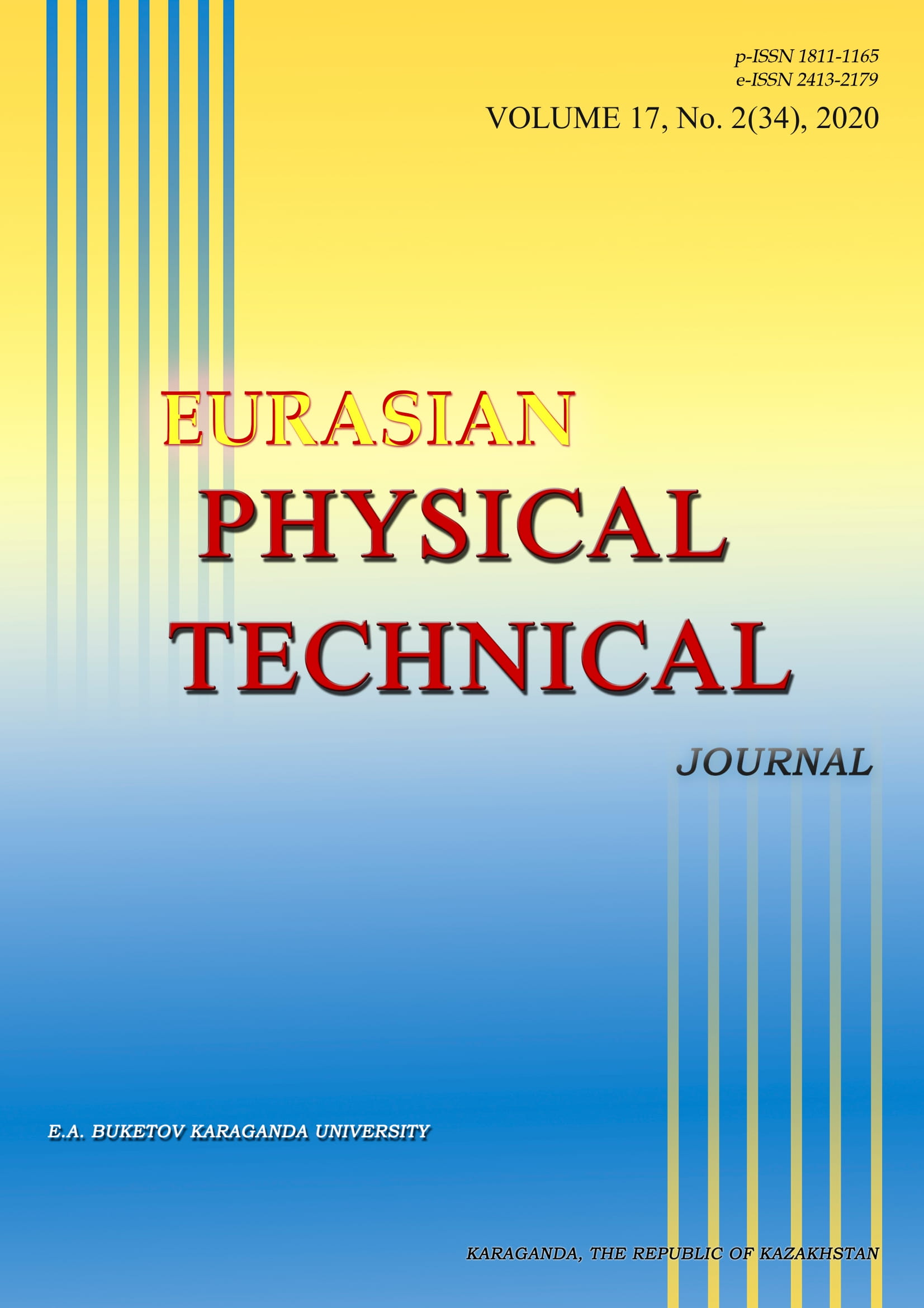NITROGENING HYDRAULIC CYLINDER RODS
DOI:
https://doi.org/10.31489/2020No2/25-30Keywords:
nitriding, detail, surface layer, nanostructure, diffusion, nitrogen, size factor, steel.Abstract
"The paper considers the method of ion-plasma nitriding of polished rods of hydraulic cylinders. With ion nitriding, the surface hardening of parts is most pronounced. This is due to the fact that the surface layer of the part does not exceed 20 nm, that is, it is a nanostructure. In this nanostructure, nitrogen diffusion processes are significantly different from bulk ones. The size effects in the nanostructure lead to the fact that the “classical” Fick equations do not work in the layer, and the diffusion of nitrogen in this layer depends logarithmically on the properties of the steel. It was theoretically found that diffusion in a nanoplate depends both on the material of the plate through the diffusion coefficient of the bulk sample D0 and on the size factor α. In the classical case, there is no such dependence. "
References
"1 Yurov V.M., Oleshko V.S. The impact of the environment on the contact potential difference of metal machine parts. Eurasian Physical Technical Journal, 2019. Vol. 16. № 1 (31). С. 99-108.
Makeeva O.V., Oleshko V.S., Fedorov A.V., Yurov V.M. Development of a device for determining work electron output. Eurasian Physical Technical Journal, 2020, Vol.17, No.1 (33). – P. 127-131.
Voroshnin L.G., Mendeleeva O.L., Smetkin V.A. Theory and technology of chemical heat treatment. – Minsk, New knowledge, 2010, 304 p.
Berlin E.V., Koval N.N., Seidman L.A. Plasma chemical heat treatment of the surface of steel parts. Moscow, Technosphere, 2012, 464 p.
Yurov V.M. The thickness of the surface layer of atomically smooth crystals. Physicochemical aspects of the study of clusters, nanostructures and nanomaterials, 2019, No.11, pp. 389 – 397.
Divinsky S.V., Zakharov S.M., Shmatko O.A. Grain-boundary diffusion and segregation in sintered nanocrystalline materials with a hierarchical structure. Uspekhi fiziki metallov, 2006, Vol. 7, pp. 1 – 39. [in Russian]
Dokukin S.A., Kolesnikov S.V., Saletsky A.M. Diffusion of atomic dimers during the formation of a surface alloy Pt / Cu (111) // VMU, Series 3. Physics. Astronomy, 2019, No. 4. - P. 46–51.
Sharifova E.G., Silina O.V., Makarova K.V. Analysis of literature data on the study of ways to intensify the nitriding process. Master`s journal, 2015, No. 2, pp. 60 – 65.
Bekman I.N. Higher mathematics: the mathematical apparatus of diffusion. Moscow, Yurayt Publishing House, 2017, 459 p. [in Russian]
Korotcenkov G. Porous Silicon: From Formation to Application: Formation and Properties, CRC Press, 2015, Part l, 423 p.
Yurov V.M. The thickness of the surface layer of porous silicon. Bulletin of al Farabi KazNU. Physics, 2020, No. 1(72), pp. 60 – 66.
Volokonsky M.V., Mishin V.M. Influence of porosity and lowering of the test temperature on the characteristics of local fracture of powder alloy steels . International Journal of Experimental Education, 2015, No. 4-2, pp. 441 - 442.
"













